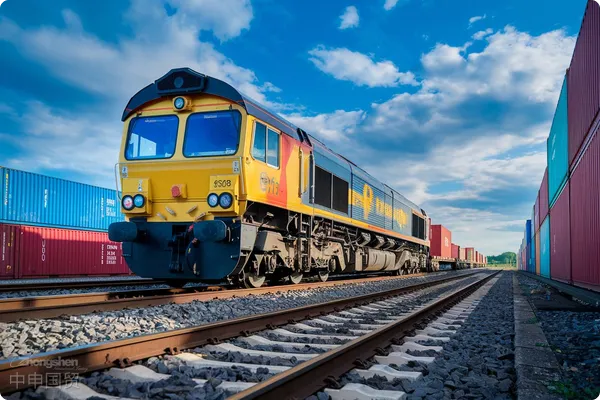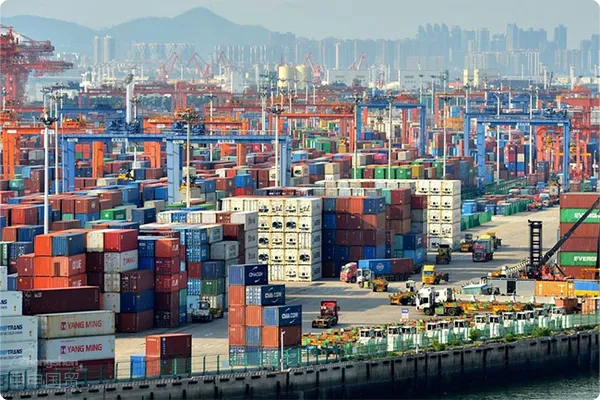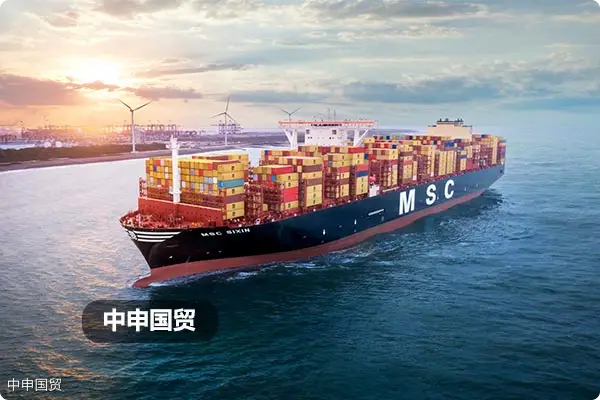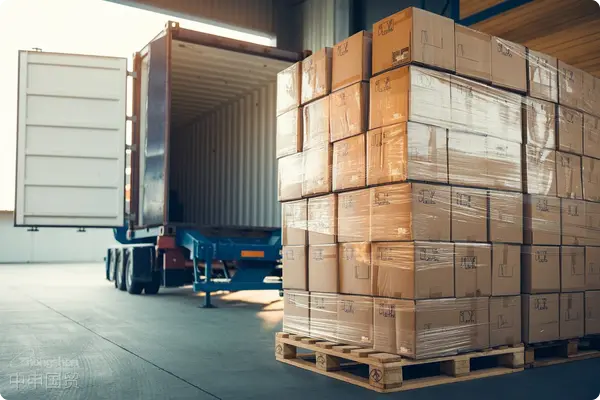- Shanghai Zhongshen International Trade Co., Ltd. - Two decades of trade agency expertise.
- Service Hotline: 139 1787 2118
In global trade, the US market is undoubtedly a very important part. However, to enter the US market and conduct effective transportation and transactions within it, it is necessary to fully understand and follow a series of regulations and standards of this country. This article will introduce in detail all aspects of transportation and trade in the US market.
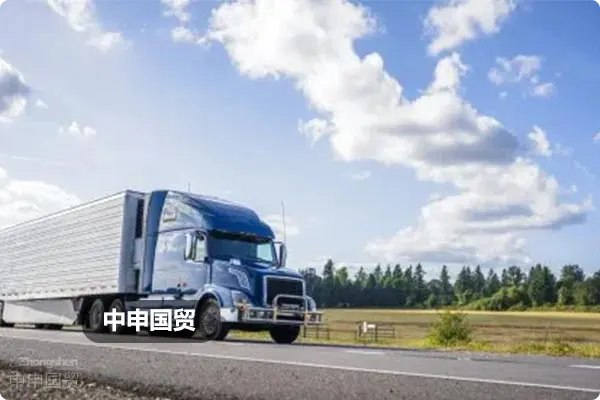
Service standards
Goods destined for the United States require meticulous services, especially after they arrive at the port. If no customs broker proceeds with the handling within 15 days after the goods arrive at the port, the goods will be sent to the G.O. warehouse, and the charging standard of this warehouse is extremely high.
Agent qualification review
All regular freight forwarders engaged in transportation to the United States must be registered in the United States (FMC) and possess a formal NVOCC code. This is because only in this way can they obtain legal protection in case of any problems during the transportation in the United States.
Detailed regulations
(1) Confirmation of the specific destination of transportation
In US trade, it is of great importance to confirm the final destination of the goods. Place names in the United States are often repetitive, so an accurate address and postal code are required to avoid misdelivery of goods.
(2) Customer requirements
Many large US customers have many logistics service requirements for suppliers. This includes requirements for compartmentalized container loading, on - time delivery, and the provision of accurate and timely documents for customs clearance.
(3) Port charges
In the United States, container detention charges are collected by the company, and port demurrage charges are collected by the shipping companys terminal. Charges vary among different terminals.
Freight price
In the United States, all freight forwarding companies use contract prices. However, not every freight forwarding company has prices for the US route. A strong strength is required to directly sign a price contract for the US route with various shipping companies.
Weight limit regulations
The United States has strict requirements for the weight of transported goods. The weight limit is mainly affected by the weight limit of inland roads in the United States. If customers require the transportation of overweight goods to inland points in the United States, methods such as misreporting, distribution at the basic port, and transferring to inland points by railway at the basic port terminal can be adopted. However, misreporting is extremely risky and is not recommended.
Customs clearance rules
The US Customs receives the AMS declaration data sent by the exporting country after the ship departs. It must receive the relevant import - required documents and the shipping companys arrival notice one week before the ship arrives, and then apply to the US CustomsImport Customs Declarationand for commodity inspection.
Import document requirements
The H.S.CODE is unified globally. However, when confirming taxes and fees, the most accurate product description must be provided. The determination of US tariffs is one of the most troublesome in the world, especially when dealing with DDP (delivered duty paid) customers.
Transportation and trade in the US market is a complex task. However, as long as the above guidelines are followed, and relevant regulations and standards are understood and implemented, success can be achieved in this market. Whether you are a shipping company, a freight forwarder, or a supplier, you should continuously pay attention to and understand the changes in the US market to adapt to its continuous development and changes.
Related Recommendations
? 2025. All Rights Reserved. 滬ICP備2023007705號-2  PSB Record: Shanghai No.31011502009912
PSB Record: Shanghai No.31011502009912
